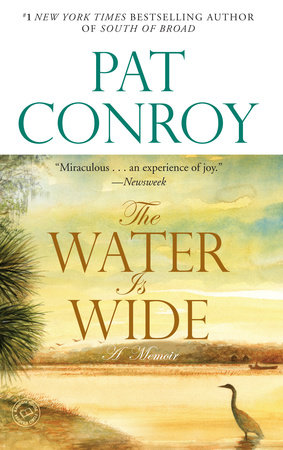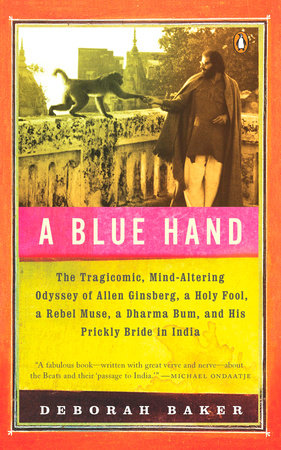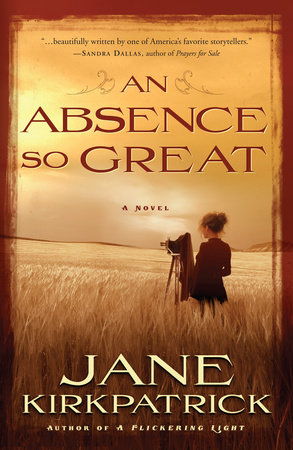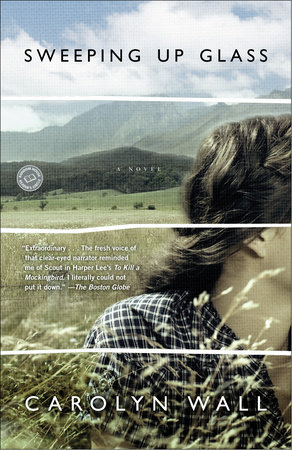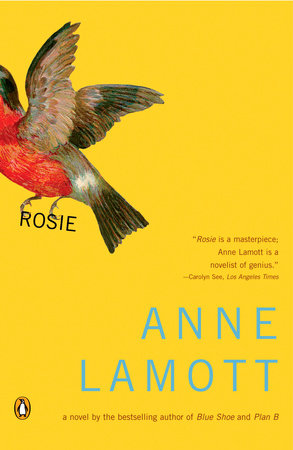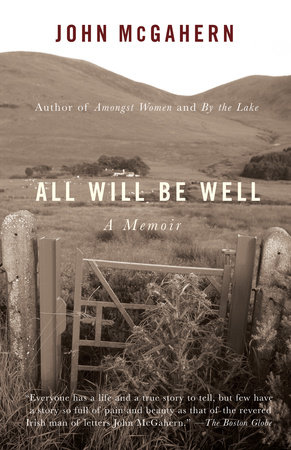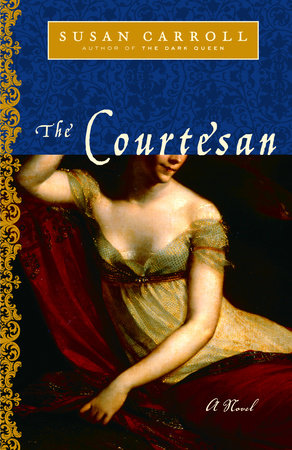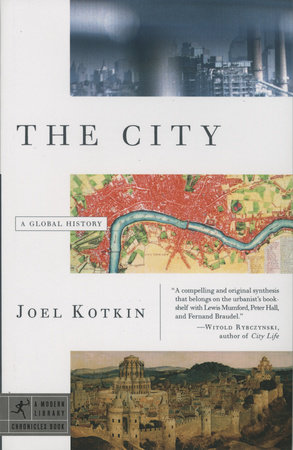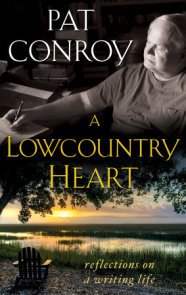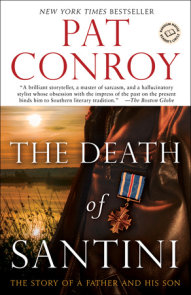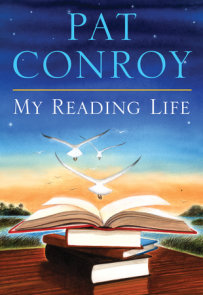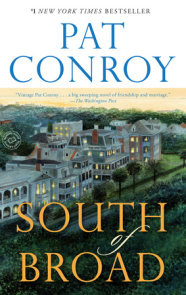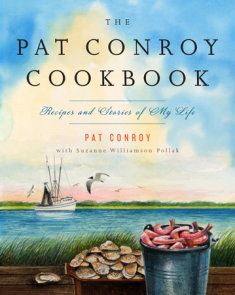Author Q&A
Dawn Marie Moss, a Teacher for Gwinnet
County Public Schools, Atlanta,
Talks About The Water Is Wide
After spending two years teaching civics at the same, now uneasily integrated, high school that he attended, Pat Conroy’s “strange urges and a vague, restless energy,” influenced by the national unrest of 1968, propel him into the office of Dr. Henry Piedmont, superinten - dent of Beaufort, South Carolina, schools, to apply for a teaching position in the two-room schoolhouse on Yamacraw, an island that “the twentieth century has basically ignored.” Populated predominantly by poor African Americans, the island is accessible only by boat, separated from the mainland by saltwater marshes and about a hundred years. Dr. Piedmont calls Pat a “godsend” and it doesn’t take long to discover why: He is the only person willing to take the job. “Low performing” (in today’s parlance) does not begin to describe the students on Yamacraw. Most of them can’t read or do simple arithmetic, and those responsible for their education–the school board, Piedmont, his deputy superintendent, Ezra Bennington, and the island’s other teacher, Mrs. Brown–are either too apathetic or too entrenched in the segregated past to care about changing the status quo. They are not quite prepared for the idealistic young Pat Conroy, who is determined to draw his students out into the world beyond Yamacraw and to wrench the school system out of the Jim Crow era.
The Water Is Wide has served as an inspiration for an untold number of teachers since it was first published in 1972. For all devoted readers, books serve as memory triggers, returning us to specific eras of our lives. As the summer of 1991 began its humid descent over Georgia, I found myself at the proverbial crossroads of my life. My first marriage was lurching toward the cliff over which it would eventually tumble, while the next three months stretched interminably ahead before I would resume graduate school classes and begin my teaching practicum in the fall. I had a list of books “about teaching” from one of my graduate professors that would guide my summer reading, so, appropriately armed with a copy of Pat Conroy’s The Water Is Wide, I pointed my little Honda toward Charleston and took off for my first-ever solo vacation.
I had in fact already fallen in love with the South Carolina Low Country after reading The Prince of Tides and all the rest of his books over the previous half-dozen years. Charleston did not disappoint. As I meandered up and down the historic city’s tree-shaded streets and gaped at the stunning homes along East Bay and the Battery, The Water Is Wide was my sole companion, diverting me from the reality that awaited back in Atlanta. During those four days I spent reading this book in Charleston, the first of many days I would spend there in the years to come, I began to understand that being a teacher is more than being paid to read books or having summers off. If you do it right– with passion and integrity and energy–you realize very quickly that you will earn every minute of every summer through sweat, tears, and sleepless nights. But a Wall Street banker could never hope to find greater rewards in such tiny baby steps of progress.
Most young teachers would have quit after the first day that Pat has on Yamacraw. The mind-numbing underachievement he discovers in his students has sent many teachers scurrying for corporate jobs in quiet offices at twice the pay, and who could blame them? The fact that he comes back the next day and the next and the one after that is testament to Pat’s desire, not only “to assuage the demon of dogooderism,” but also to give those children a fighting chance at a better life. He knows that Yamacraw does not hold on to its children anymore because there is nothing there for them, but their lives will not be much better in the city if they leave the island illiterate and innumerate. He may have embarked on the adventure for what he thinks are selfish reasons, but once he comes to know the children and their situations, educating them for a future becomes his crusade. The ongoing condescension and apathy of Bennington, Piedmont, and the school board, along with the beatings and humiliation inflicted by Mrs. Brown, only serve to crystallize Pat’s anger at the injustices perpetrated on Yamacraw’s schoolchildren. He is teaching fifth through eighth grades: How is it that there are seven students who cannot recite the alphabet, four who cannot count to ten, and three who cannot spell their names? The travesty of eighteen children believing that John Kennedy was the first president or that the earth is the center of the universe should bother anyone, but for a teacher like Pat, it is indefensible. Does he set his sights too high? Probably. But that’s what conscientious teachers do, and when we realize we can’t save everyone, as Pat does, we still keep trying anyway.
The suburban, affluent school district outside Atlanta in which I teach appears to be far removed from the isolated, poverty-stricken world of Yamacraw Island, but the two have more in common than you would think. Although my students take gifted and advanced placement classes and enjoy many economic advantages, they are not all that different from Pat’s. Their parents divorce, disappear, and drink too much and too often. The kids prefer over my voice the music piped into their ears from their iPods, even though the singer might be Jay-Z rather than James Brown. They laugh and make fun of each other and dream about the future, just like Prophet and Big C and Mary. Kids are kids, regardless of whether they are college bound or vocational track, their families are rich or poor, or they are black, white, or brown. The sermonizers who lament “kids today” should step into any classroom anywhere in America to see the determination, ambition, and hope that I encounter daily and that Pat Conroy discovered forty years ago in that island schoolhouse.
A wise teacher told me that I have to decide daily how much hypocrisy I am willing to live with that day. How many hoops am I willing to jump through just so that I can close the door and do what I do best: teach kids? On some days I can swallow a lot of hypocrisy and jump through every hoop thrown my way, while on others none at all. Pat’s struggles with Piedmont and Bennington and Mrs. Brown over what is right for the island children teach a hard lesson in dashed idealism. He knows that the way to teach his students and open their world is not through the mildewy textbooks or the beatings that Mrs. Brown employs but by reaching into their own lives and connecting to the things they care about. Teachers search for those connections every day, and although the rare student over the years may cause us to yearn for the days of corporal punishment, thankfully it’s no longer an option. These days we just like to beat our students bloody with tests. If the politicians and administrators would bother to ask us teachers, we could tell them that testing ad infinitum will not improve reading scores one whit, just as Pat knows that plodding through those handme- down texts will not help Prophet count any better or give Mary more self-confidence. Unfortunately, he had not met that wise teacher I know.
So today, eighteen years after my first reading, I am a graduate student once again, and The Water Is Wide still resonates with those same lessons. I’m definitely older, hopefully a bit wiser, and certainly no longer the naïve idealist I was then. As Pat learns so painfully, I know that standing on principle isn’t always an option, that I don’t always have all the answers, and that I am doing exactly what I am supposed to do.
